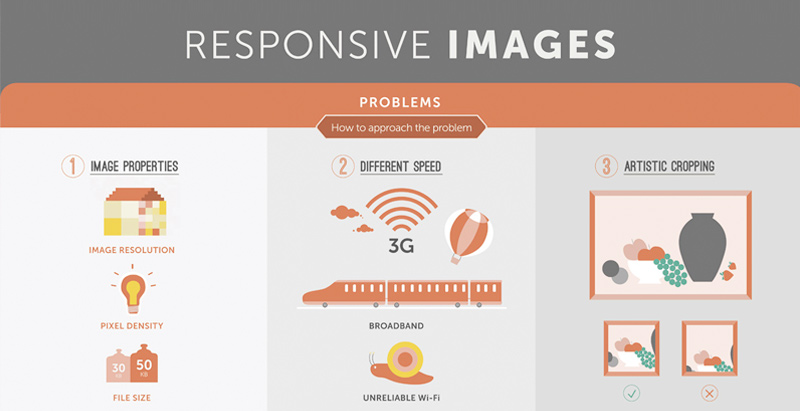Web Site Design Essentials: Tips For Structure A User-Friendly Site
Web Site Design Essentials: Tips For Structure A User-Friendly Site
Blog Article
Web Content Writer-Hovmand Thrane
When it involves internet site design, making certain user-friendliness is vital. From receptive style to structured navigating, every element plays an important function in developing a website that accommodates your audience's requirements. But what regarding the finer details that can make or break a user's browsing experience? Stay tuned as we uncover some often-overlooked ideas that can boost your website's usability to the next level, making it genuinely stand out in the digital landscape.
Significance of Responsive Style
Responsive layout is an essential facet of modern-day website advancement. Ensuring your internet site is responsive methods that it can adapt to various screen sizes and devices, supplying a smooth experience for customers.
With the boosting use of mobile phones and tablets to access the internet, having a responsive layout is crucial for getting to a larger target market. It helps in enhancing individual experience by making your web site very easy to navigate and continue reading any kind of device.
In addition, receptive layout can favorably affect your internet search engine positions, as search engines like Google focus on mobile-friendly sites. By having a responsive design, you're additionally future-proofing your internet site, as new tools with differing display dimensions remain to emerge.
Simplify Navigating Framework
To improve individual experience and facilitate simple access to information on your website, enhancing the navigation structure is vital. When creating your website, concentrate on producing a clear and instinctive navigating menu that assists visitors locate what they're searching for swiftly.
Limit the variety of food selection things to the fundamentals, grouping relevant pages together to prevent overwhelming individuals. Use descriptive labels that clearly suggest the content of each page, making it much easier for users to recognize where each web link will certainly take them.
Consider carrying out dropdown menus for subcategories to stop cluttering the major navigation bar. Furthermore, consist of a search bar prominently on the page for users who choose searching for certain details.
Prioritize mobile responsiveness in your navigating design to ensure very easy gain access to on all tools.
Optimize Web Page Load Rate
Improving page load speed is vital for preserving visitors on your website. Slow-loading web pages annoy customers and can cause high bounce prices. To maximize page tons rate, begin by maximizing pictures. Press photos without endangering top quality to minimize their documents sizes.
Additionally, enable web browser caching to keep regularly accessed resources in your area, quickening tons times for returning visitors. Minify CSS, JavaScript, and HTML data by eliminating unnecessary characters, remarks, and format, enhancing lots speed.
Consider using ada digital compliance (CDN) to distribute your web site's material across multiple web servers worldwide, minimizing latency for individuals accessing your site from various locations. Last but not least, restrict making use of third-party manuscripts and plugins, as they can substantially impact tons times.
Final thought
To conclude, by integrating receptive layout, simplifying navigation, and optimizing page tons rate, you can create an user-friendly internet site that attract a broader audience and improves customer experience. These essential elements make certain that site visitors can conveniently gain access to and browse your website across different devices, leading to raised engagement and fulfillment. By focusing on https://smallbiztrends.com/2022/02/importance-of-link-building-strategy.html , you can develop a successful site that keeps users coming back for even more.
